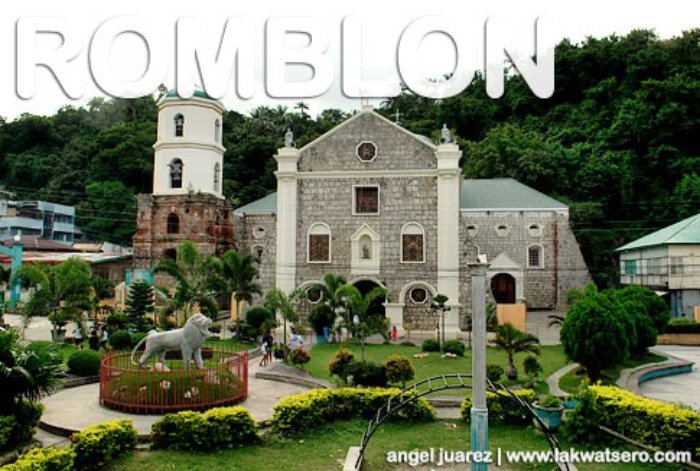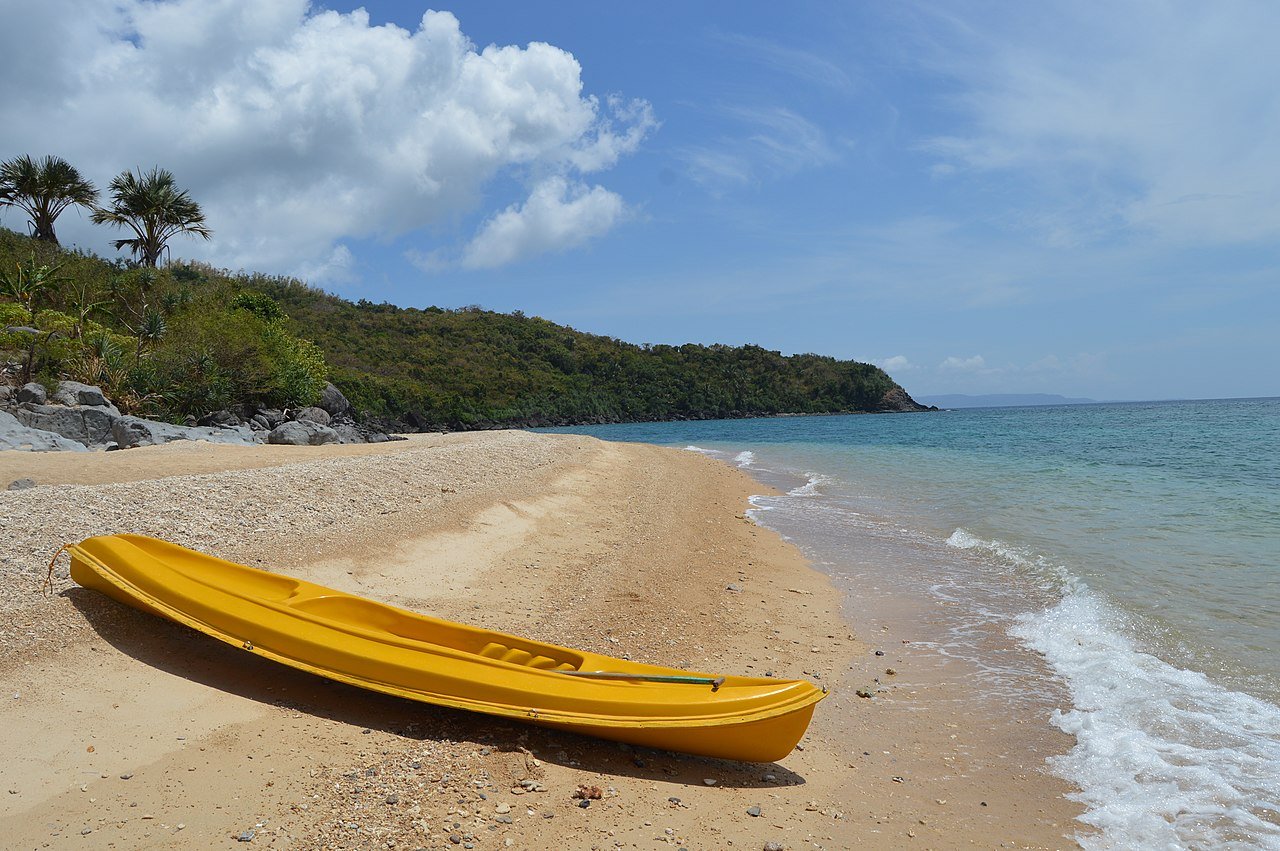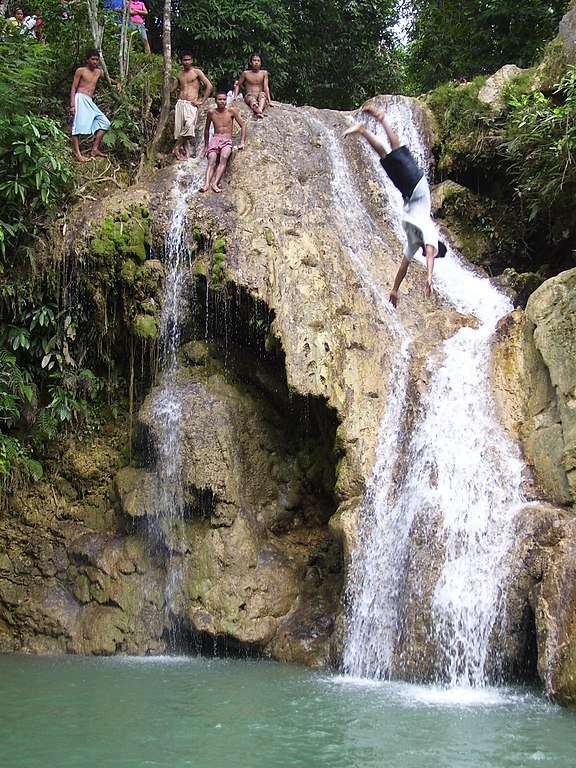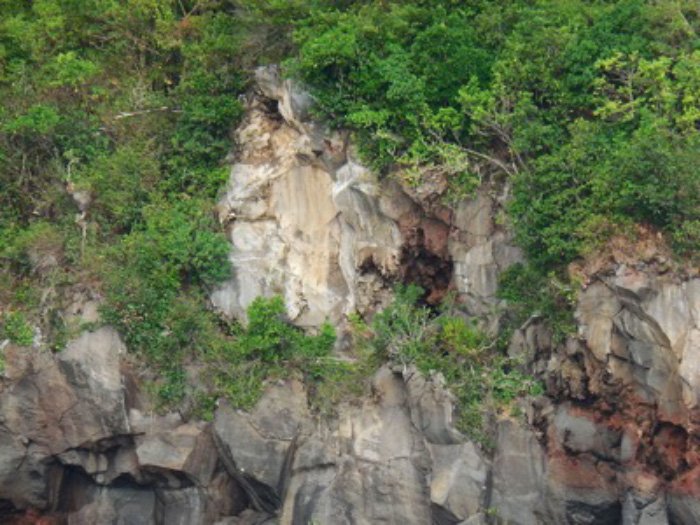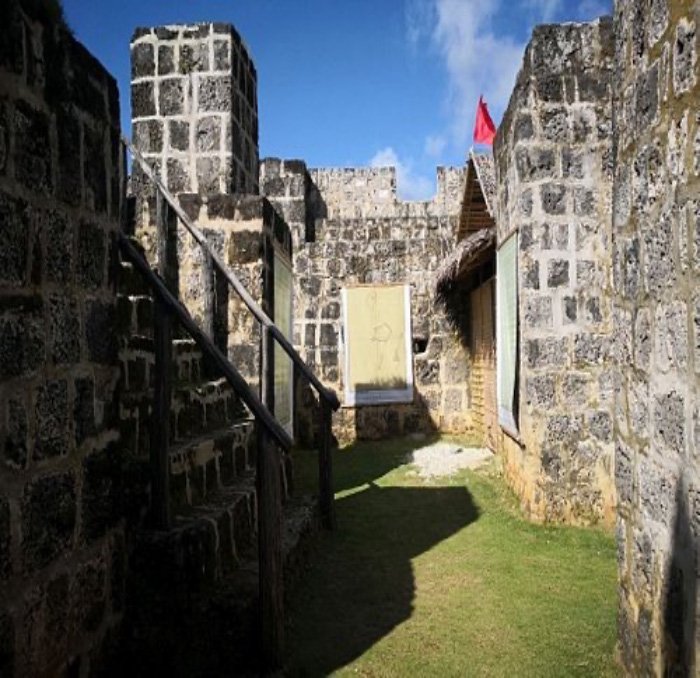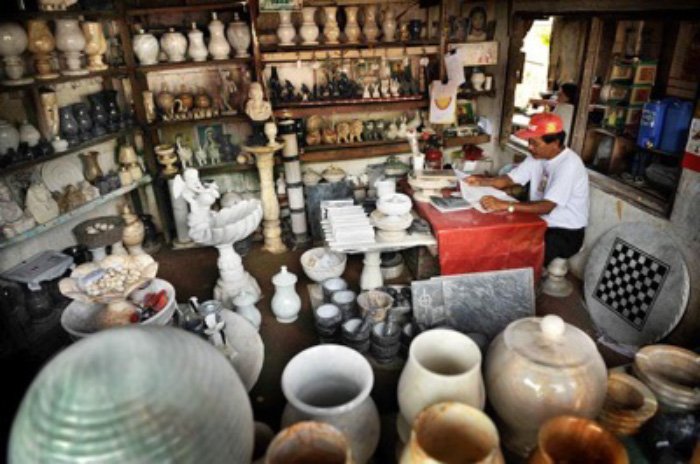Look, Stranger, on this Island Now
/Instead, it has been classed for a long time as one of the poorest Philippine provinces, which has only reduced its poverty to a better (but still execrable) score of 30 percent of its population.
Its most famous writer, National Artist NVM Gonzalez, described some of its contradictions in his keen descriptions of Filipinos in their country and abroad. His famous words as title of his book urged the stranger to “look on this island now.”
NVM Gonzalez honored on a Philippine stamp
But there’s more.
Romblon has surprisingly bred so many of the country’s movers and influencers. Few people know of Romblon-born-and-bred UP Professor and historian Gabriel Fabrero Fabella, who campaigned from the 1930s to make our Independence Day the original June 12 instead of July 4, and eventually convinced President Diosdado Macapagal to do so during his term.
Professor Gabriel F. Fabella
Among its other notable natives are Florante Condes, Filipino professional boxer and a former IBF Minimumweight World Champion; Elma Muros-Posadas, former track and field athlete who won a total of 15 gold medals in several Southeast Asian Games; Jose Dalisay, Jr., writer, poet, playwright, and screenwriter who has won 16 Palanca Awards; and Salvador Leaño, World War II veteran and Foursquare Church Pastor who volunteered as poll watcher during the 1986 Philippine presidential election and was killed in election-related violence in San Andres, Romblon and is now honored as a hero at the Bantayog ng mga Bayani.[111]
Romblon’s breathtaking scenery, varied landscape and ideal location make it a natural for tourism.
It is described thus in Wikipedia:
“Being an archipelago, Romblon has numerous beaches and dive sites. Among its best white sand beaches are Bonbon, Cobrador, and Tiamban Beach in Romblon, Macat-ang, Tabunan, and Tambak Beach in Banton, Lunas and Bignay Beach in San Jose, and Cresta del Gallo in San Fernando. The sea surrounding Cresta del Gallo is a famous diving site teeming with marine life. Romblon is also home to the only known blue hole in the Philippines in the town of San Agustin. The entrance to the blue hole is a 6-metre (20 ft) wide volcanic chimney, which drops for 20 meters (66 ft) before opening up into the massive chamber below with a total depth of 32 to 40 meters (105–131 ft).
“Mount Guiting-Guiting in Sibuyan, the province's tallest mountain, is considered one of the most difficult climbs in the Philippines, and is thus a major destination of local mountain climbers because of its steep and jagged summit. Another suitable place for hiking and trekking is Mount Payaopao is Tablas. Meanwhile, Banton's Guyangan Cave System, an Important Cultural Treasure, is where the Banton Cloth — the earliest known warp ikat textile in Southeast Asia — was found in 1936.
Romblon’s Varied Landscape
“Sapatos” (Source: Wikimedia)
Tabunan Beach (Source: Wikimedia)
Mainit Falls (Source: Wikimedia)
Banton Burial Cloth (Source: Wikimedia)
The Banton cloth (above in the National Museum) was found in this cave and is the oldest known ikat cloth in Southeast Asia.
The ancient forts used to serve as protection against pirates while stone bridges connected remote sites to town centers.
Part of ancient fort
Another ancient fort
Altar retablo of the recently restored Saint Joseph’s Cathedral.
Unique architecture dating from colonial times
Romblon is not lacking either in heritage sites from the colonial era.
“Aside from the precolonial Guyangan Cave System in Banton, the province also has several heritage sites built during the Spanish colonial period. In Romblon town, the forts of San Andres and Santiago served as fortifications against Muslim pirates in the 17th century, while the St. Joseph Cathedral and Belfry houses a centuries-old image of the Santo Niño de Cebú or the Holy Child. Both heritage sites were declared National Cultural Treasures by the National Museum. The town also has colonial-era bridges that were declared Important Cultural Treasures. A similar fort in Banton, the centuries-old Fort San Jose and Banton Church, were built in the 1600s and was also used as defenses against Muslim pirates.
“Every second week of January, Romblon town celebrates the feast of the Santo Niño de Cebú, also known as the Biniray Festival. In that week, a fluvial parade featuring the image of the Santo Niño goes around Romblon Bay in order to bring good luck to the villages. A mardi gras is also held in the town with various street dancing, food, drinks and music. A similar Biniray Festival also occurs in Banton every 10 September in commemoration of the island's patron, San Nicolas de Tolentino. Other festivals include the Saginyogan Festival in Alcantara, the Sanrokan Festival in Banton, and Looc's Talabukon Festival, which honors the giant genie-like epic hero, Talabukon, who saved the people from pirates.
Scuba diving
“In recent years Romblon Island has attracted more scuba divers. It has pristine and untouched reefs with almost undisturbed hard and soft corals around the islands of Romblon, Logbon, Alad, and Cobrador. With multiple marine sanctuaries and private associations most of the marine life around Romblon is protected. In addition to the reefs, Romblon has been becoming famous for its rare and unique macro habitat, such as the Melibe colemani, the Cyerce nigra and the Cyerce bourbonica.”
Crossroads
In the 21st century and amidst the pandemic, Romblon finds itself at a crossroads. There are its mainstays of the marble industry, copra farming, fishing, and agriculture. But there is also potential tourism that has fast-tracked the development of some of its most prosperous neighbors. The question debated by its people may now be formulated as follows: Must Romblon develop itself as a latter-day Boracay or Puerto Galera, or find its own unique way like Batanes in Northern Philippines?
The Romblohanon could be described as a people with a unique culture that dates back to prehistoric times. Conservative, religious folks are hesitant to accept the hedonism, materialism, and raucous culture brought on by mass tourism. Hence, there are those who wish to develop a family-oriented, wholesome kind of tourism which would take account of their values.
Various DYI (Do it yourself) enterprises have sprung up in the wake of the pandemic. These include Copacabana, a restaurant at Paje; as well as others in Talipasak with breathtaking views of the island and Romblon pass. Smohk is a grilled meat restaurant whose beef comes all the way from Australia. Then again, various homestay and Airbnb boutique hotels are springing up throughout the islands. One of these is Stone Creek House, described as “a cozy and modern townhouse that was converted into a small, boutique hotel/guesthouse with FULL Western amenities. It is centrally located and close to all the major tourist attractions: the church, heritage town and Fort San Andres are all within walking distance as are all the major restaurants. Bonbon and Tiamban Beach are ten minutes away by motorcycle. Stone Creek House: Winner of the coveted Booking Traveler's Review Award 2020 scoring 9.9 out of 10, #1 on TripAdvisor, Agoda and Lonely Planet 2012, 2014, 2016, 2018 and 2020. Featured in Martha Stewart weddings Philippine’s magazine, Lonely Planet magazine issue #5, 2GO's Trip! magazine, Philippine Airlines' Mabuhay in-flight magazine, Cebu Pacific's Smile in-flight magazine and Esquire Magazine Philippines.”
The manager and owner of Stone Creek, Carlos Madrona Reyes is the grandson of distinguished diplomat Ambassador Narciso Reyes, Sr. and promotes his enterprise thus:
“Hi! My name is Carlos and I've been in the hospitality business nearly all of my life. I am a Filipino American who was born in Virginia, raised all over the world due to my family being part of the diplomatic corps (an ambassador and diplomats) but finally settled down in New York where I lived for most of my life before deciding to move to the Philippines. My goal is to offer my guests a bespoke holiday experience that is intimately tailored to your/their needs. And since I only offer 4 rooms, I am able to provide all of my guests a personal touch that is not found in most other accommodations; this is why my mantra for over a decade has been: Check-in as a guest, check-out as a friend. That's the very essence of the Stone Creek House experience. Thank you. Sincerely, Carlos.”
But while these small business ventures can survive and flourish to a certain level, it is also true that tourism needs the heavy lifting and support given by governments. Notably, Spain, Italy, Mexico, and Thailand integrated tourism into their development plans to catapult their economies into the twentieth century.
One challenge aggravated by the pandemic is the limited direct access of tourists to Romblon, which still does not have a viable airport and whose access by air and sea have been curtailed of late.
Romblon may have to begin its quest for a place in the new post-pandemic world by small steps, with support from government officials in its capital and in Manila. It would thus have as its model the small artisanal shops in Italy, which gave birth to the fashion and shoe industries in Milan and Florence; the small family hotels and posadas in Spain; the ready-to-wear flea markets of Bangkok; and the vibrant craftsmanship of Mexico.
The marble industry remains a mainstay of Romblon.
Two other theories on the origin of the name Romblon have been proposed by local scholars Roland Madeja and Evelyn Reyes. The first is Ronblon, another Spanish word for tornillo or screw, due to the shape of the island. The other is the Spanish currency doblon or dobloon, since its gold made it famous among explorers and was used as dowries by Moro pirates for their brides-to-be. The native gold of Romblon today is in its people who, working together with government, can make its economy flourish in the brave new world of today.
A career diplomat of 35 years, Ambassador Virgilio A. Reyes, Jr. served as Philippine Ambassador to South Africa (2003-2009) and Italy (2011-2014), his last posting before he retired. He is now engaged in writing, traveling, and is dedicated to cultural heritage projects.
More articles by Ambassador Virgilio Reyes, Jr.


